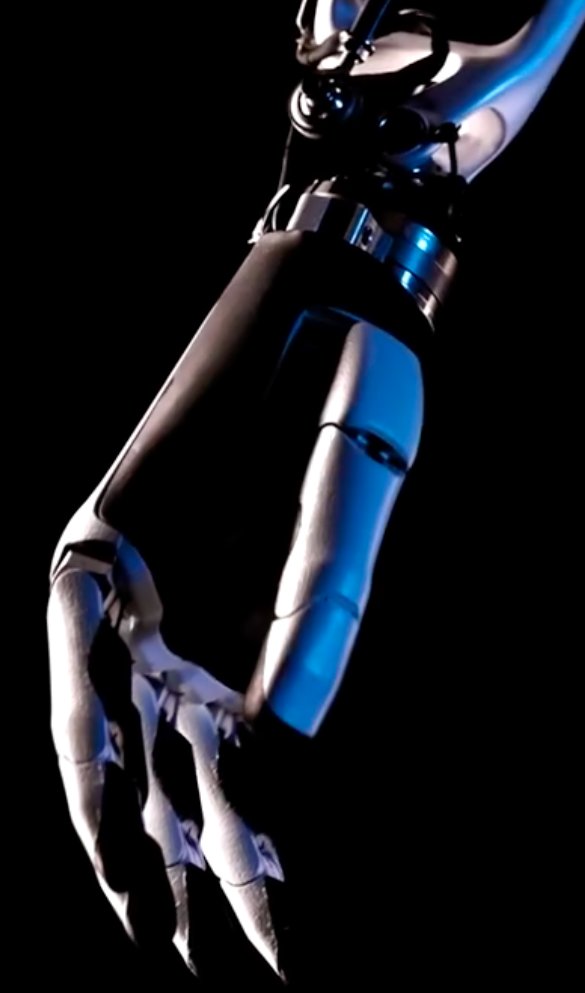Bots and Robotaxis: The Next Economic Boom?
The rise of artificial intelligence (AI) is rapidly transforming numerous sectors, and two particularly exciting areas are robotics and autonomous vehicles. While still in their developmental stages, the potential economic impact of bots and robotaxis is staggering, promising a future brimming with both opportunity and challenges. This article delves into the potential economic boom these technologies could unleash, examining the key players, potential pitfalls, and the long-term implications for the global economy.
The Dawn of the Robotic Revolution
The integration of sophisticated AI algorithms into robotic systems is revolutionizing industries from manufacturing and logistics to healthcare and agriculture. Industrial robots, once confined to repetitive tasks, are now exhibiting greater dexterity and adaptability, collaborating with human workers to increase efficiency and productivity.
- Increased Productivity & Efficiency: Bots can work tirelessly, 24/7, without breaks or wages, significantly boosting output and reducing operational costs.
- Automation of Dangerous Tasks: Robots are increasingly deployed in hazardous environments, protecting human workers from harm and reducing workplace accidents.
- Improved Precision & Accuracy: Robotic systems offer unparalleled precision, minimizing errors and improving the quality of goods and services.
- New Job Creation: While some jobs will be displaced, the robotic revolution will also create new roles in areas like AI development, robotics maintenance, and data analysis.
Key Players Shaping the Robotic Landscape
Several companies are at the forefront of this technological revolution, including:
- Boston Dynamics: Known for its advanced humanoid and quadrupedal robots, pushing the boundaries of locomotion and dexterity.
- ABB: A global leader in industrial robotics, supplying automation solutions to various industries.
- Fanuc: A major player in the manufacturing sector, specializing in industrial robots and CNC machines.
The Autonomous Vehicle Revolution: Robotaxis and Beyond
Self-driving cars, or robotaxis, represent another transformative technology poised to reshape the global economy. The potential benefits are immense:
- Increased Transportation Efficiency: Robotaxis can optimize traffic flow, reducing congestion and travel times.
- Improved Road Safety: Autonomous vehicles have the potential to significantly reduce traffic accidents caused by human error.
- Accessibility for the Disabled: Self-driving cars can enhance mobility for individuals with disabilities.
- New Business Models: The rise of robotaxis will create new business opportunities in areas such as ride-sharing, logistics, and fleet management.
Challenges and Considerations
Despite the enormous potential, the widespread adoption of bots and robotaxis faces several significant hurdles:
- Technological Challenges: Developing fully reliable and safe autonomous systems requires overcoming complex technical obstacles, including software glitches, sensor limitations, and unpredictable weather conditions.
- Regulatory Hurdles: Governments worldwide are grappling with the legal and ethical implications of autonomous vehicles, requiring the development of robust regulatory frameworks.
- Ethical Concerns: Issues like job displacement, algorithmic bias, and data privacy need careful consideration and proactive mitigation strategies.
- Infrastructure Limitations: Widespread adoption of autonomous vehicles requires significant investment in infrastructure upgrades, including smart roads and charging stations.
Investing in the Future: Opportunities and Risks
The burgeoning fields of robotics and autonomous vehicles present both exciting investment opportunities and significant risks. Thorough due diligence and a clear understanding of the technological and regulatory landscape are crucial for investors.
The Long-Term Outlook
The long-term economic impact of bots and robotaxis is expected to be profound. While job displacement is a legitimate concern, the creation of new industries and opportunities will likely outweigh the losses in the long run. The key will be adapting to the changing landscape, investing in education and retraining programs to equip workers with the skills needed for the jobs of the future.
In conclusion, the convergence of AI and robotics holds tremendous potential to drive economic growth and improve lives worldwide. While challenges remain, the transformative potential of bots and robotaxis is undeniable, paving the way for a future of unprecedented innovation and prosperity. Stay informed on the latest advancements in these fields to capitalize on the opportunities while mitigating the risks.
